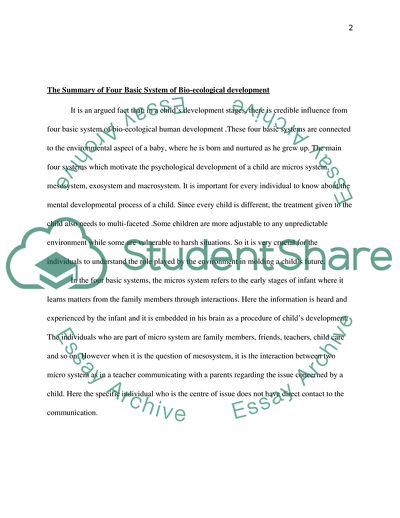Cite this document
(The Bioecological Model of Human Development Coursework, n.d.)
The Bioecological Model of Human Development Coursework. Retrieved from https://studentshare.org/psychology/1781888-the-bioecological-model-of-human-development
The Bioecological Model of Human Development Coursework. Retrieved from https://studentshare.org/psychology/1781888-the-bioecological-model-of-human-development
(The Bioecological Model of Human Development Coursework)
The Bioecological Model of Human Development Coursework. https://studentshare.org/psychology/1781888-the-bioecological-model-of-human-development.
The Bioecological Model of Human Development Coursework. https://studentshare.org/psychology/1781888-the-bioecological-model-of-human-development.
“The Bioecological Model of Human Development Coursework”. https://studentshare.org/psychology/1781888-the-bioecological-model-of-human-development.


